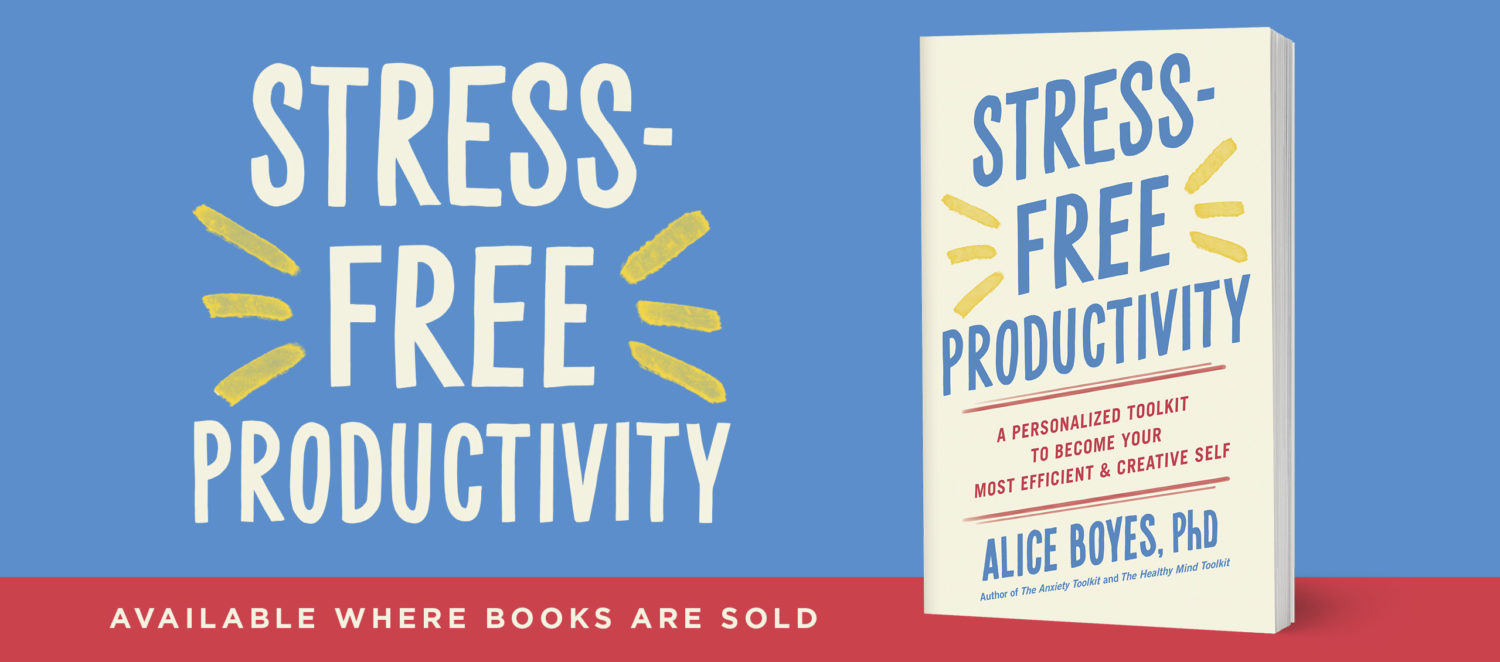Worry
Often, the “solutions” we use to try to feel happier are actually part of the problem.
Here’s an example of how the solutions we use to deal with worry are part of the problem of worry.
Worry is a normal part of life. Usually when someone develops a problem with worry it’s because the person has been working very hard to try to GET RID OF their worries.
Its VERY understandable to try to stop yourself worrying when you feel distressed. But, trying to get rid of worries generally causes worries to get stronger rather than weaker. As I’ve said before, if you fight with your thoughts, they’ll fight back!! Often people start worrying about their worrying.
If you want, Try this
Imagine you’re at a bus stop. You can imagine me sitting next to you at the bus stop if you want.
We’re chilling, watching buses go by. But not getting on any buses.
Imagine that the buses that are sailing past are each one of tactics you use to try to control your worries.
Examples
Bus headed to a destination called…
– Rationalizing
– Being extra careful
– Seeking reassurance
– Distracting yourself
– Setting very high standards for yourself
– Chastising yourself
– Exercising
– Reading this blog
Are you willing to try the imagery exercise now? If so, then do.
When you’ve done it, you might feel a sense of what Acceptance and Commitment Therapy (ACT) psychology PhDs call “creative hopelessness”. This isn’t hopelessness as in depression.
It’s more of a sense of “If I’m letting all of my strategies for controlling my worries sail on by then what do I have left??!!”.
Trust your experience:
You have tried all these worry control tactics and worry control seems hopeless. You still have worries.
In treatment for worry, what I try to do, rather than give you a magic answer for how to control your worry, is to give you tools and experiences that help allow you to let the worry control buses sail by. In other words, tools and experiences that allow you to let your worries come and go without using worry control strategies. There are a range of tools we can try together.
Since worry control strategies make worries stronger, giving up using worry control strategies should make your worries weaker!


